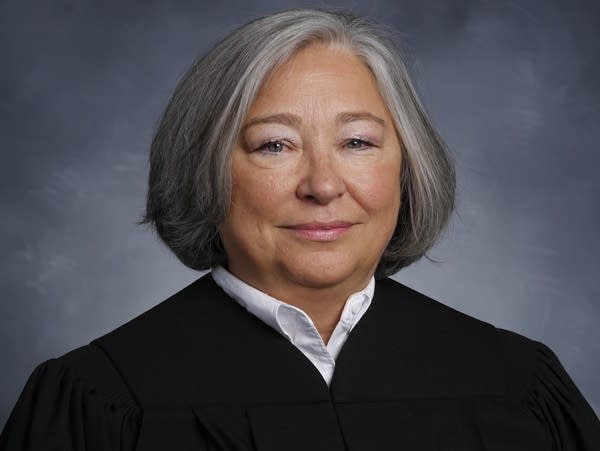How jurors will be picked in the Mohamed Noor trial

Go Deeper.
Create an account or log in to save stories.
Like this?
Thanks for liking this story! We have added it to a list of your favorite stories.
Updated: April 3 | Posted: April 2
Jury selection started Monday in the trial of former Minneapolis police officer Mohamed Noor in the 2017 killing of Justine Ruszczyk.
The goal of jury selection is to whittle the pool of potential jurors to a group that can fairly assess the charges against a defendant. Jurors will be tasked with deciding whether the state has proven their guilt beyond a reasonable doubt.
Turn Up Your Support
MPR News helps you turn down the noise and build shared understanding. Turn up your support for this public resource and keep trusted journalism accessible to all.
Reporting for jury duty

In Minnesota, jurors are chosen at random from lists of people who have obtained identification cards, driver's licenses and have registered to vote. Potential jurors receive a notice in the mail that they've been chosen. They are told to arrive at a court building on a certain date and time. On Monday morning, 75 potential jurors in the Noor trial reported to the Hennepin County Government Center.
A potential juror may be excused from jury duty for a number of reasons, including that they're unable to communicate in English or have not yet had their civil rights reinstated after being convicted of a felony. They may also try to postpone their service.
Not showing up for jury duty is a misdemeanor in Minnesota.
The original group that's convened for a trial is called the "jury pool." Not all these people will make it to the end of the process.
Jury instruction
The jury pool will be told the basic details of the case, including the charges and parties involved. They'll be instructed about the rules they must abide by during the trial. They will be told they can't discuss the trial with anyone, including fellow potential jurors, until they're seated on the jury. Depending on how high-profile the trial is, potential jurors may also be warned not to do their own research on the case, or consume news or social media about it. The judge's role is to ensure that only what's deemed by the court as credible and relevant information makes it to the jurors.
On Monday, the Noor jury pool was sworn in and given a questionnaire to fill out, which included everything from basic demographic information to whether they've been victims of a crime.
The questionnaire agreed upon by both sides in the Noor trial asks potential jurors about experiences with Somali-Americans and whether they believe police officers are more credible than other witnesses.
Why some are excused

Attorneys from both sides will use the information in the questionnaires to try to assess where the potential jurors may respond to their arguments during trial. It's normal for attorneys to look into jurors' backgrounds. During the trial of former St. Anthony police officer Jeronimo Yanez in 2017, prosecutors printed out social media posts of some potential jurors characterized as expressing pro-law enforcement sentiments. They also may look into public records, such as criminal histories.
A potential juror is then brought into the courtroom. This is called voir dire (pronounced vwar-deer). The attorneys can question potential jurors about their experiences, beliefs and biases. If the attorneys from either side come to the conclusion that a possible juror would not be able to fairly and impartially serve on the jury, they ask the judge to excuse that potential juror for cause. The attorneys on the opposite side can contest the request. The judge rules whether to excuse the potential juror or not. The judge in the Noor case is Kathryn Quaintance.
Seating a jury

After the jury pool is reduced through eliminating potential jurors for cause, the attorneys on both sides can use what's called a "peremptory challenge," which means they can strike people from the pool without stating a reason.
In a trial like Noor's, the defense receives five peremptory challenges and the prosecution receives three, unless the judge rules otherwise.
One exception is that people cannot be struck from the jury pool because of their race, although that can be very difficult to prove.
The goal of this process is to narrow the pool until it reaches the appropriate number.
In a case like Noor's, the size of the final group is 16. That includes 12 final jurors and four alternates, who will not be told they're alternates until arguments end and the jury is set to begin deliberations, which is when they'll be excused. The 12 jurors will deliberate until they've reached a verdict.
Typically, juror groups include 15 people, but an extra alternate was added because of the expected length of the trial, the courts said on Wednesday.
In the Noor case, jurors left Monday once they finished the questionnaire. They'll be called into the courtroom starting Wednesday to be questioned by lawyers for the prosecution and defense in smaller groups.
The trial is expected to last three to four weeks.


